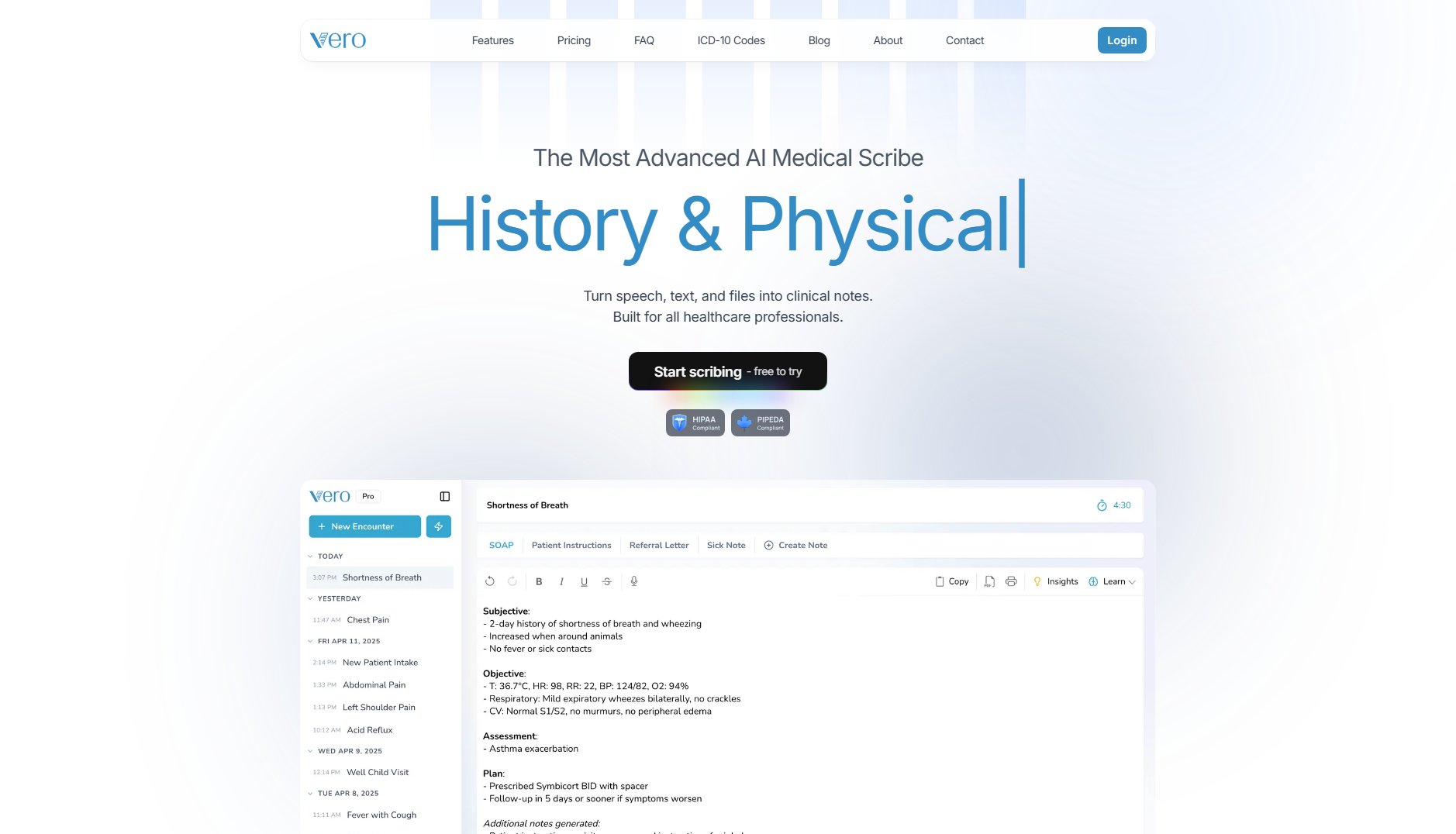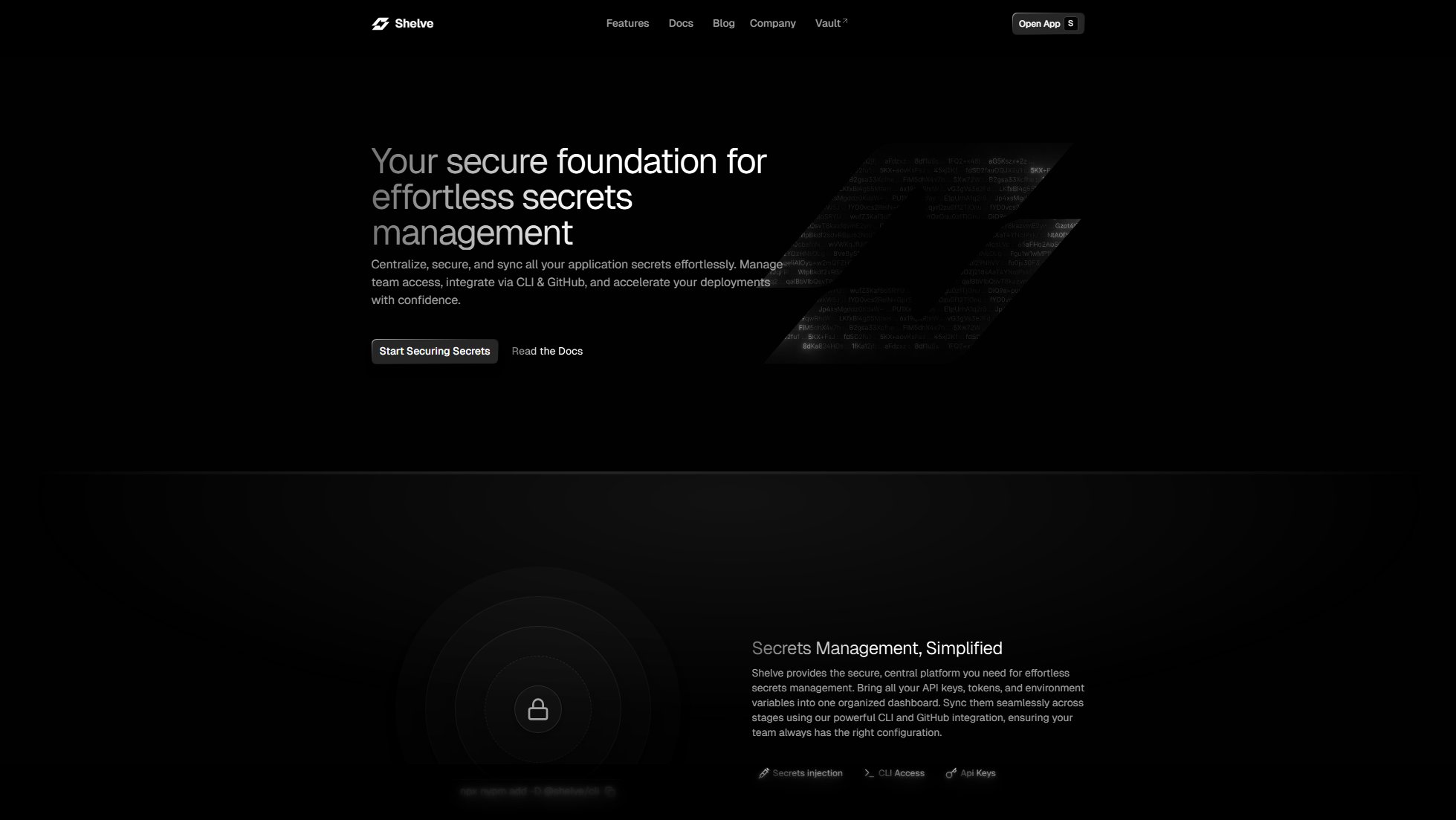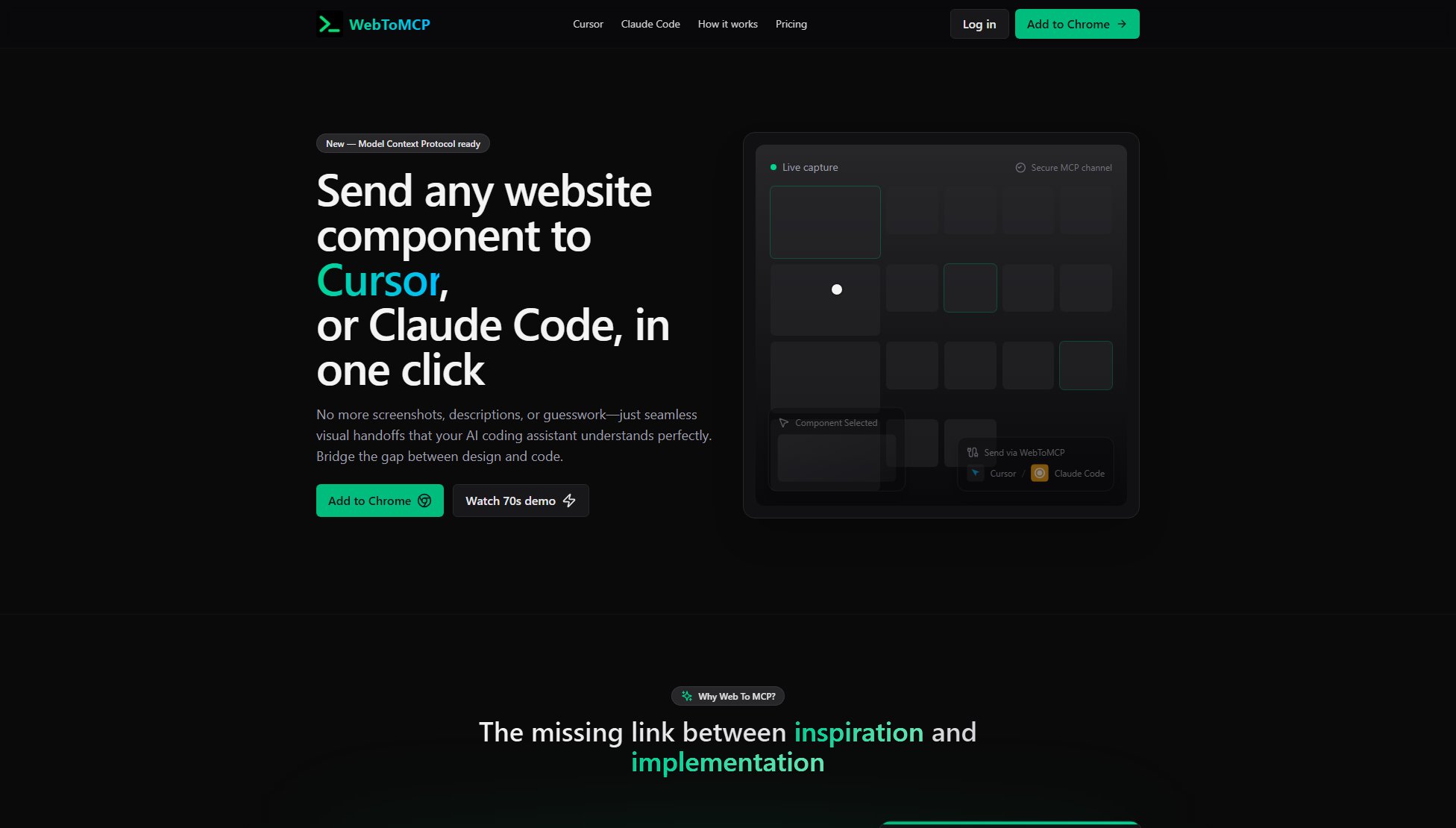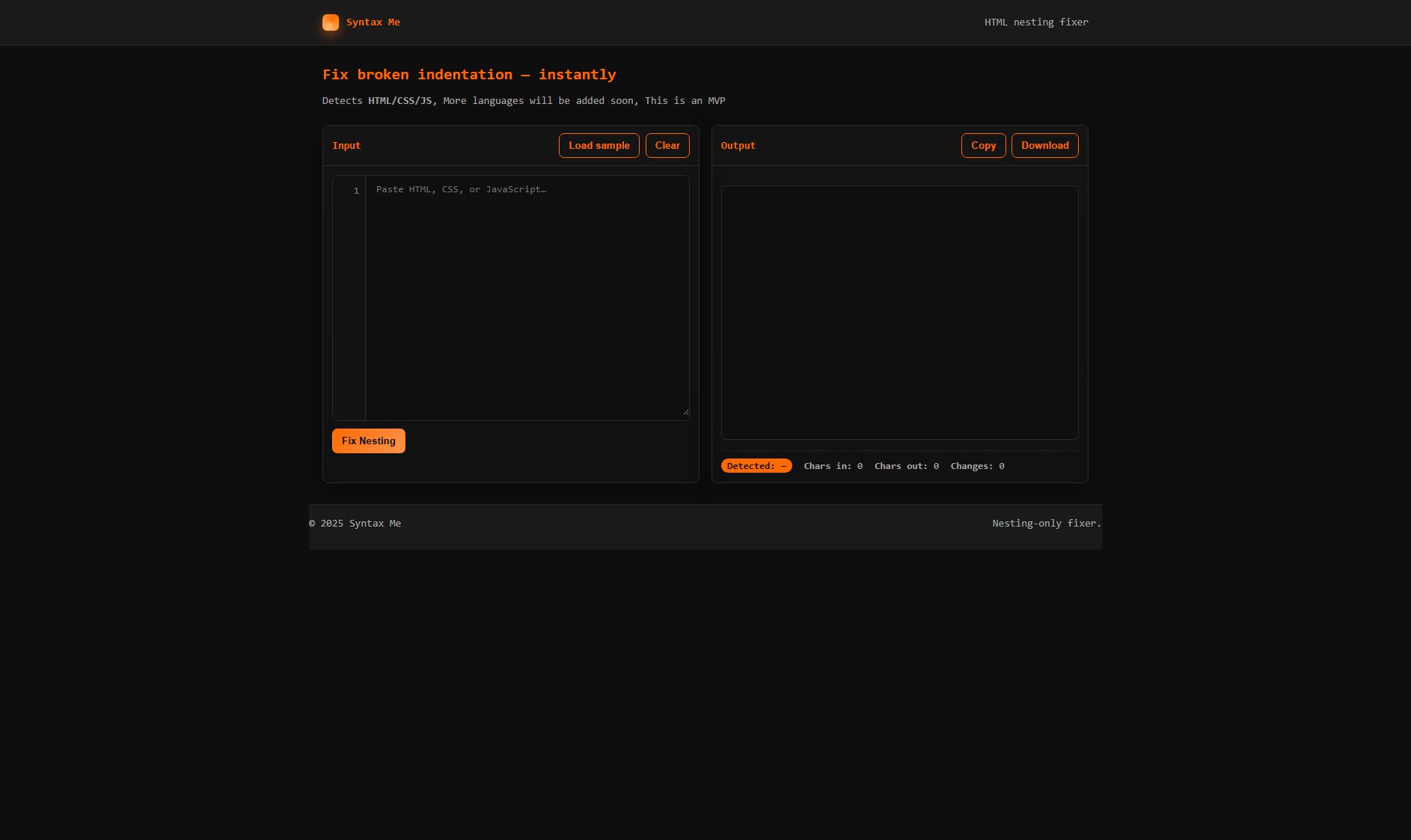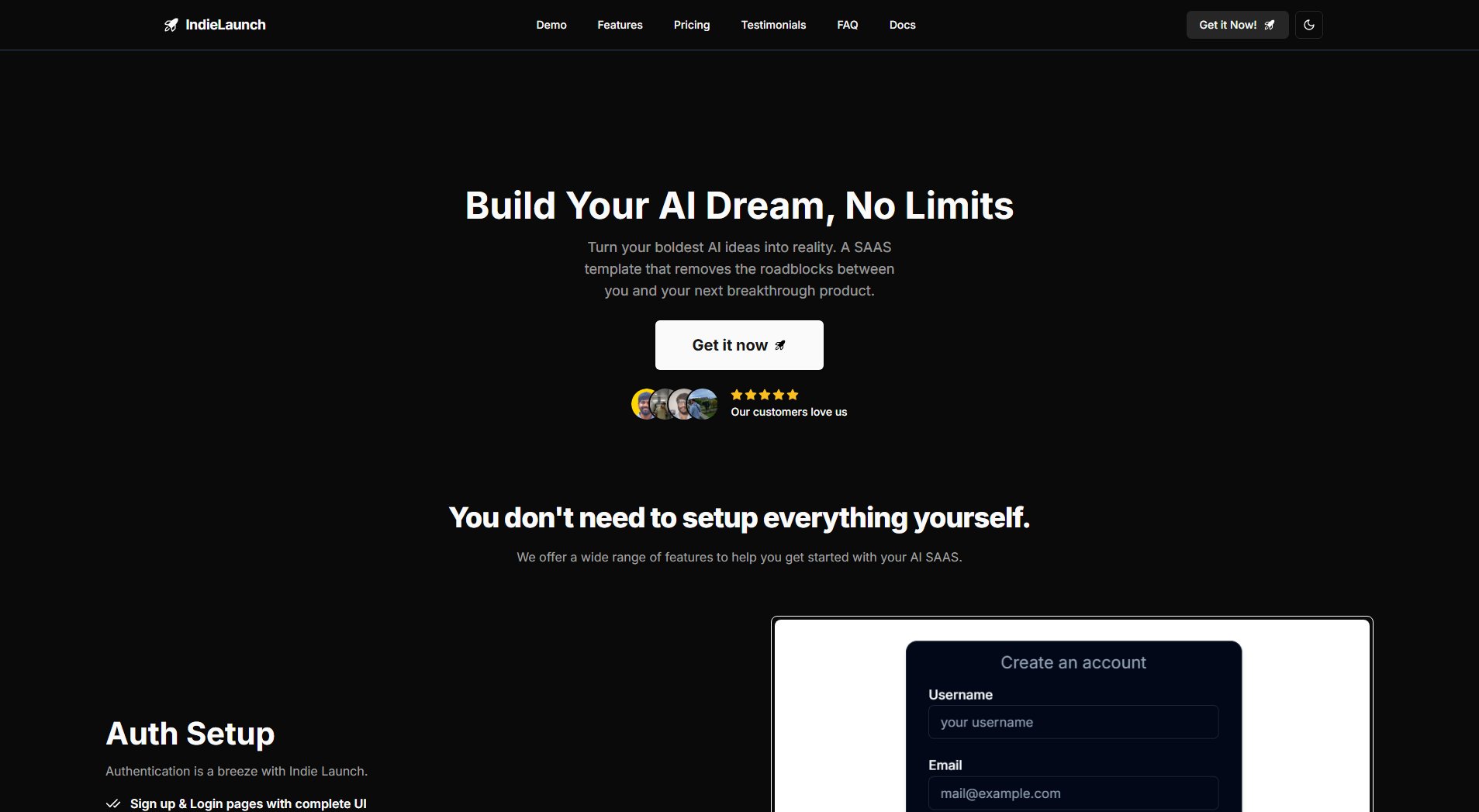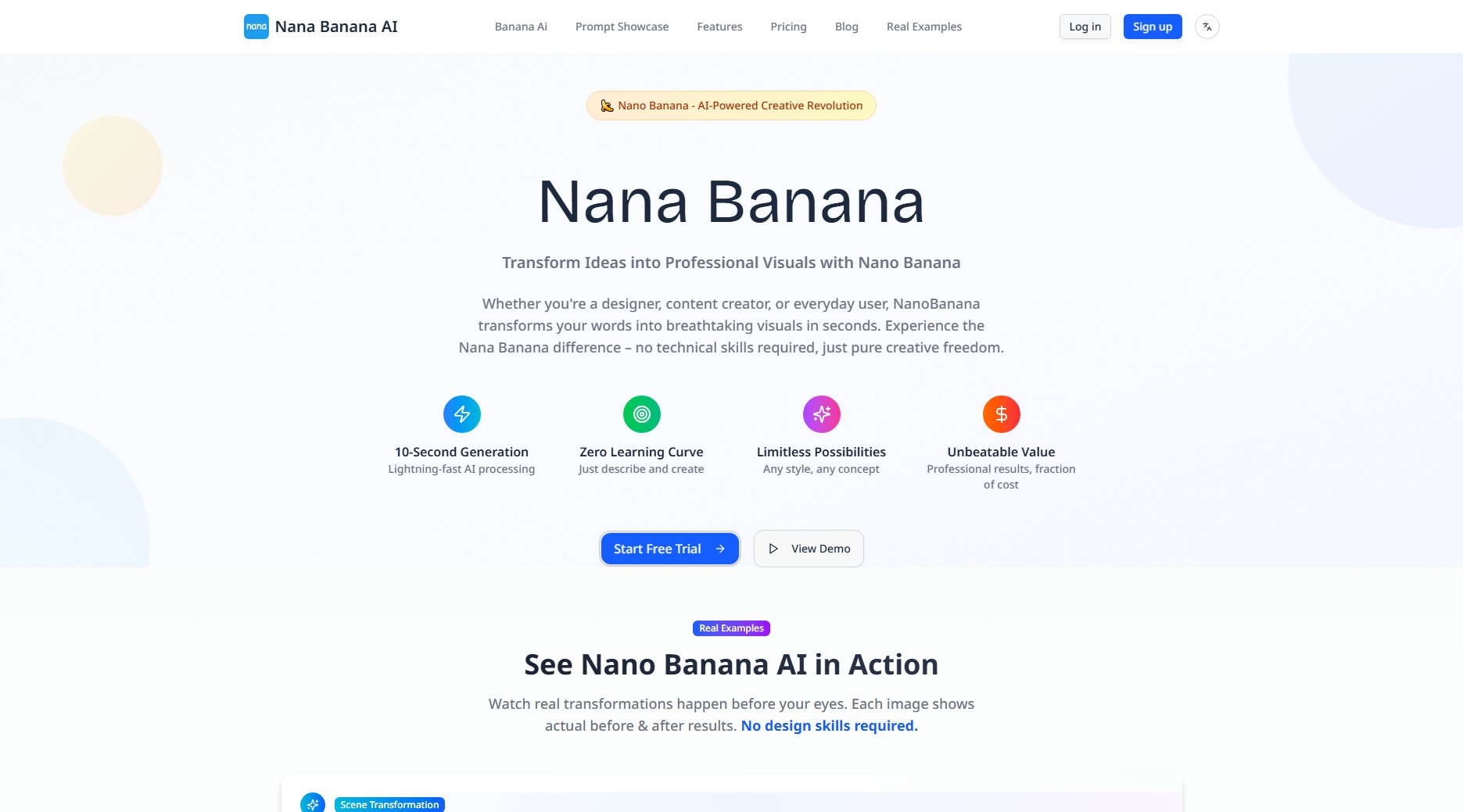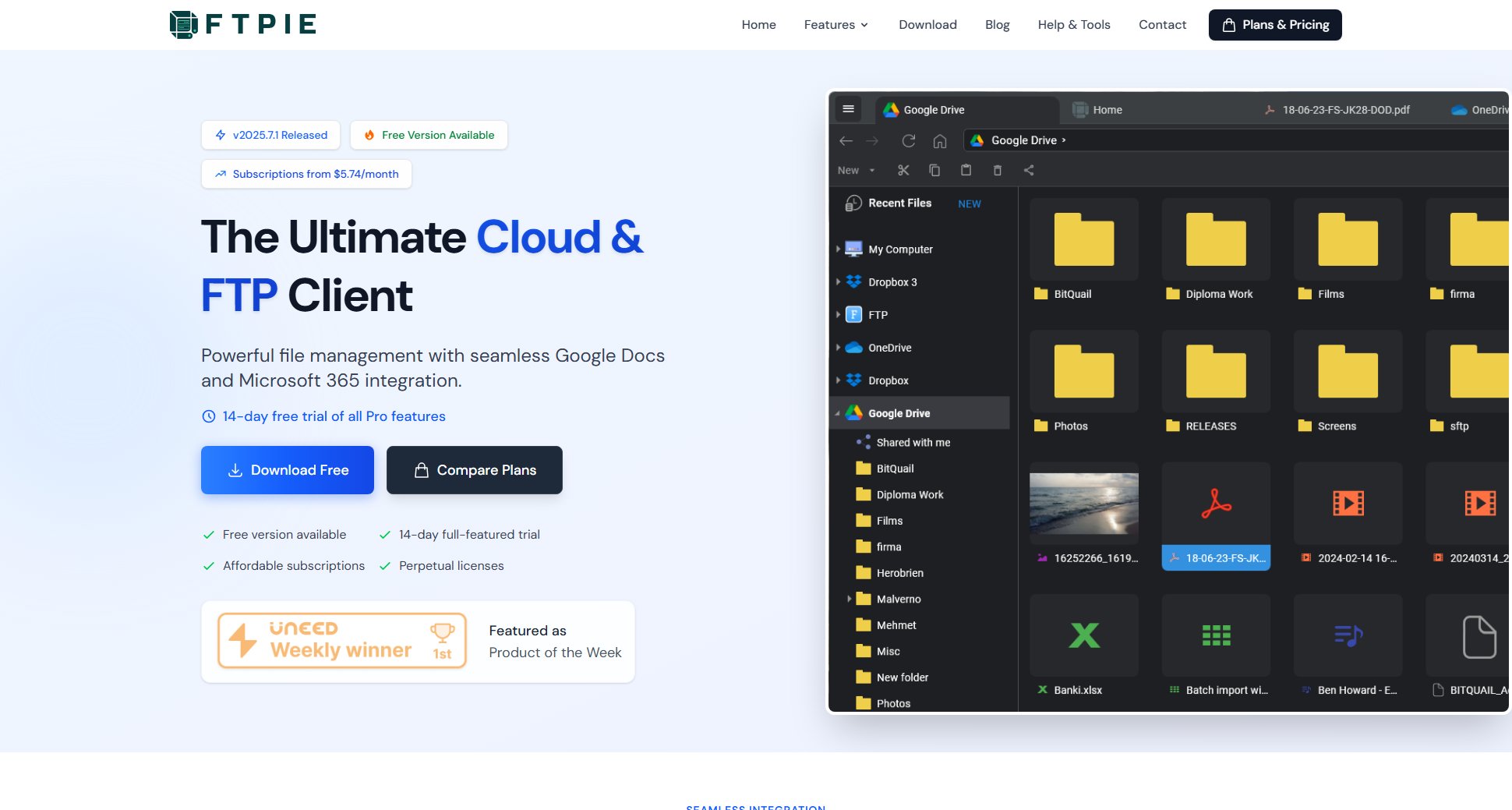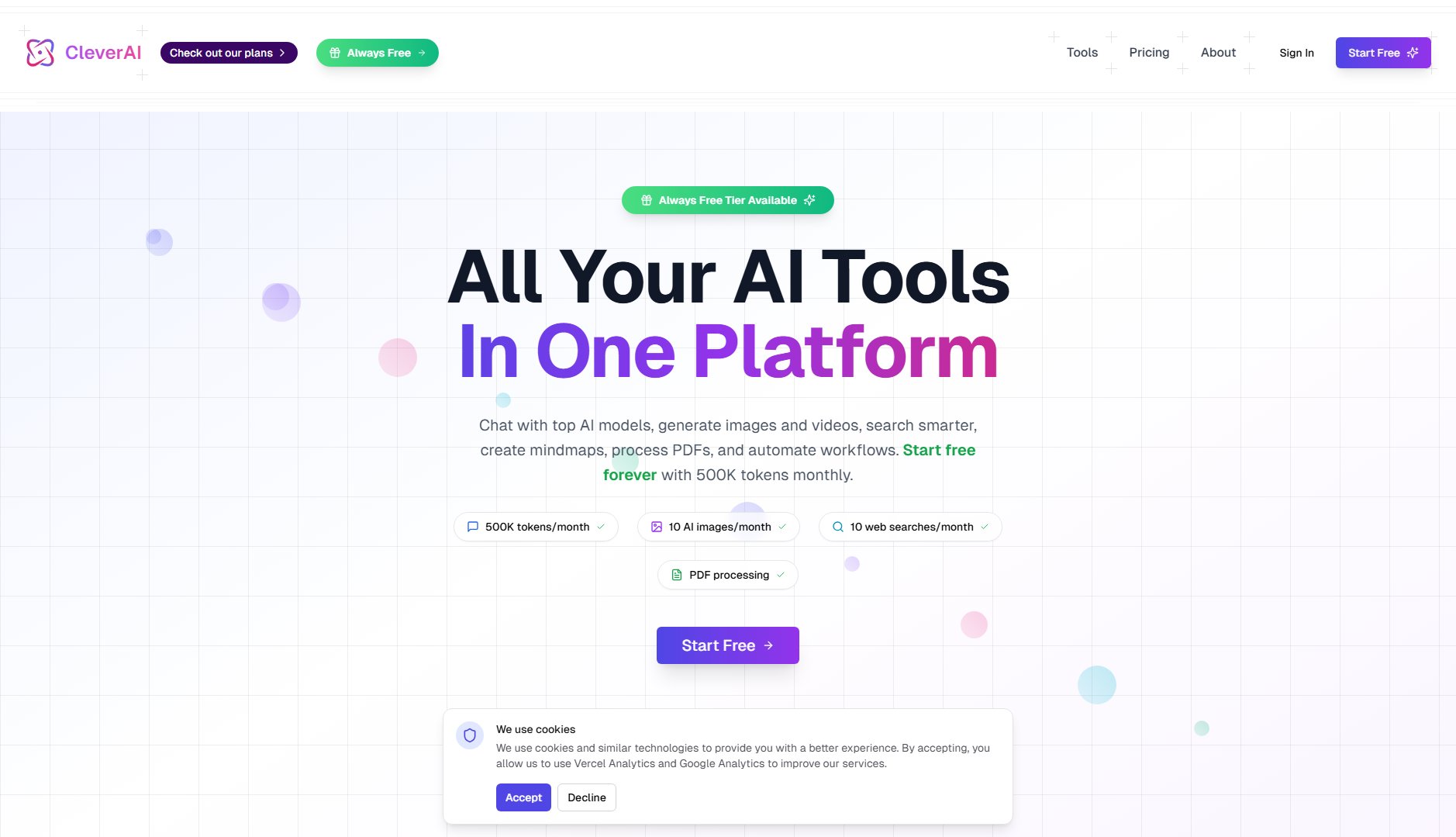OneNode
Unified AI-native database for multimodal semantic search
What is OneNode? Complete Overview
OneNode is an AI-native database designed to simplify the implementation and maintenance of production-level Retrieval-Augmented Generation (RAG) in your applications. It eliminates the need for complex multi-modal infrastructure setup by providing a unified API for vector search, object storage, background jobs, and AI models. The platform is built on proven enterprise infrastructure (MongoDB, Pinecone, Redis, Amazon S3, OpenAI) and offers auto-scaling capabilities from prototype to enterprise without code changes. OneNode is particularly valuable for developers building intelligent applications that require semantic search across text, images, videos, and audio. With zero configuration requirements and automatic multimodal processing, it significantly reduces the traditional 26-70 hour setup time to just 1 minute.
OneNode Interface & Screenshots
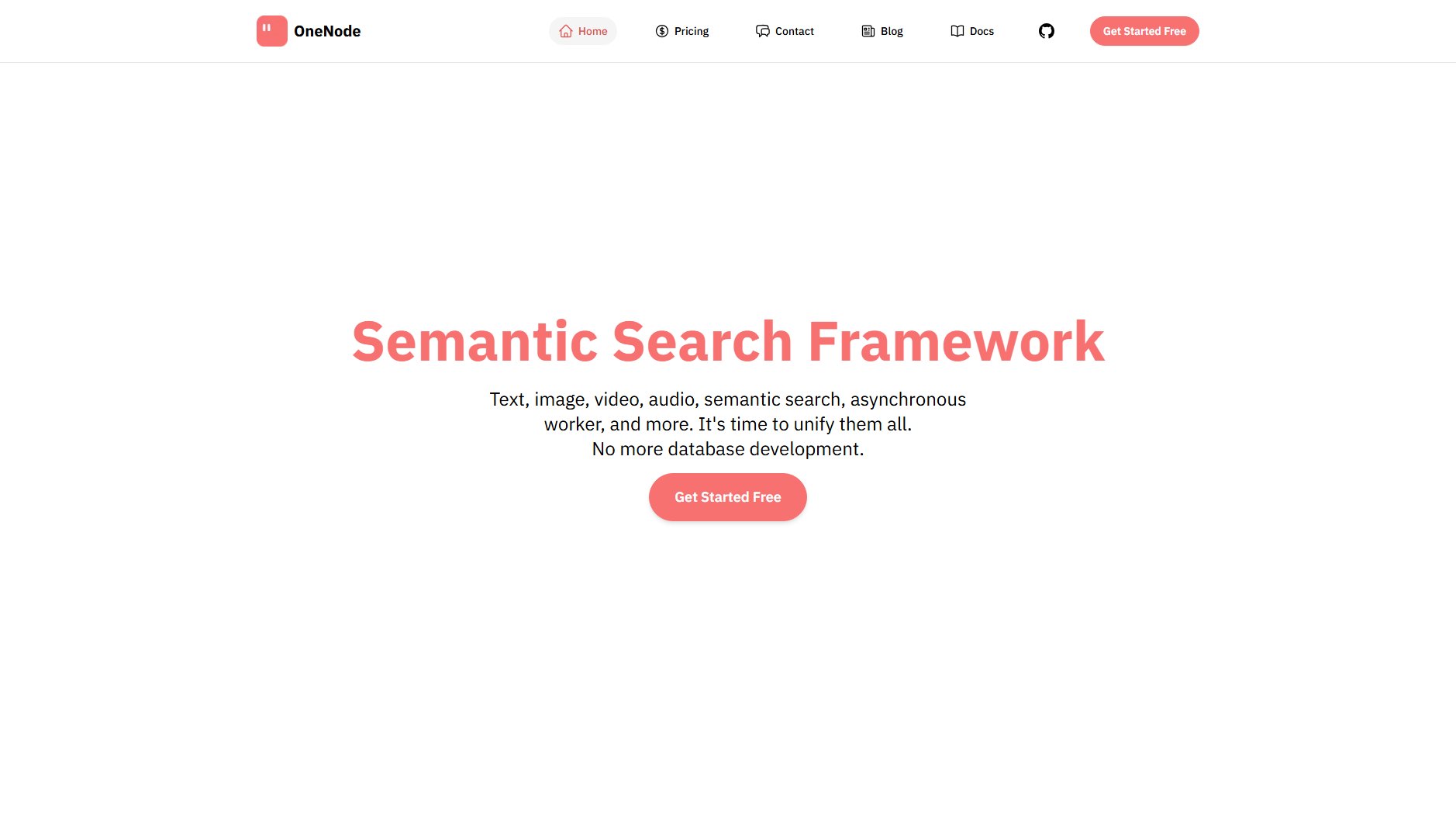
OneNode Official screenshot of the tool interface
What Can OneNode Do? Key Features
Unified Multimodal Search
OneNode provides a single interface for semantic search across text, images, videos, and audio. The platform automatically processes raw inputs, generates AI-powered context-aware descriptions, and transforms content into vector embeddings for efficient retrieval. This eliminates the need to manage separate systems for different data types, reducing complexity and development time.
Zero Configuration Infrastructure
Unlike traditional setups that require separate configuration of vector databases (4-8 hrs), object storage (2-6 hrs), embedding pipelines (8-16 hrs), and background jobs (4-12 hrs), OneNode provides all these capabilities out-of-the-box with a simple API call. The infrastructure is pre-configured for production use with auto-scaling and monitoring included.
Enterprise-Grade Components
OneNode orchestrates battle-tested infrastructure including MongoDB for document storage, Pinecone for vector search, Redis for caching, Amazon S3 for object storage, and OpenAI for AI models. This ensures reliability and performance at enterprise scale without requiring users to manage these components individually.
Automatic Data Processing Pipeline
The platform automatically processes uploaded content (images, videos, documents, text) through advanced AI models that generate detailed descriptions, then transforms them into vector embeddings (1,536 dimensional representations) for semantic search. This happens asynchronously without manual intervention.
MongoDB Compatibility
OneNode maintains full compatibility with MongoDB, allowing developers to leverage MongoDB's rich ecosystem, documentation, and community support while gaining AI-native capabilities. This makes it easier to migrate existing applications and find developers familiar with the technology stack.
Best OneNode Use Cases & Applications
Intelligent Document Search
A legal firm uses OneNode to build a semantic search system across their document repository. Lawyers can find relevant case files using natural language queries rather than exact keywords, significantly improving research efficiency.
E-commerce Product Discovery
An online retailer implements OneNode to enable visual and textual product searches. Customers can upload images of desired items or describe them in natural language, and the system returns the most relevant products from the catalog.
Media Archive Management
A news organization uses OneNode to index their multimedia archive. Journalists can quickly find relevant historical footage and images by describing the content they need, rather than relying on manual tagging systems.
How to Use OneNode: Step-by-Step Guide
Install the OneNode client library using pip: 'pip install onenode'. This lightweight package contains all dependencies needed to interact with the OneNode service.
Initialize the client in your application code with 'client = OneNode()'. This automatically connects to the OneNode cloud infrastructure with default settings optimized for most use cases.
Create or access a database instance with 'db = client.db("my_app")'. Each database can contain multiple collections for organizing different types of data (documents, media, etc.).
Upload your data (text, images, videos, etc.) to the appropriate collections. OneNode will automatically process the content through its AI pipeline, generating embeddings and metadata without additional configuration.
Perform semantic searches across your multimodal data using the unified query interface. Results are returned with relevance scores and can be filtered by data type, date ranges, or custom metadata.
OneNode Pros and Cons: Honest Review
Pros
Considerations
Is OneNode Worth It? FAQ & Reviews
OneNode is specifically designed for AI applications with built-in multimodal processing and semantic search capabilities. Unlike traditional databases, it handles the entire pipeline from raw data ingestion to vector embedding generation automatically.
Yes, OneNode supports integration with popular AI models and frameworks including OpenAI's GPT-4o and text-embedding models. The platform is designed to enhance rather than replace your existing AI stack.
Storage limits vary by plan. The Free tier includes 100 MB document storage, 100 MB vector storage, and 4 GB media storage. Higher tiers offer increased capacity, and Enterprise solutions can be customized to your needs.
OneNode facilitates payments to LLM providers without markup. The Standard plan includes $5/month credits for external LLM usage. You only pay for what you use with transparent usage metrics.
